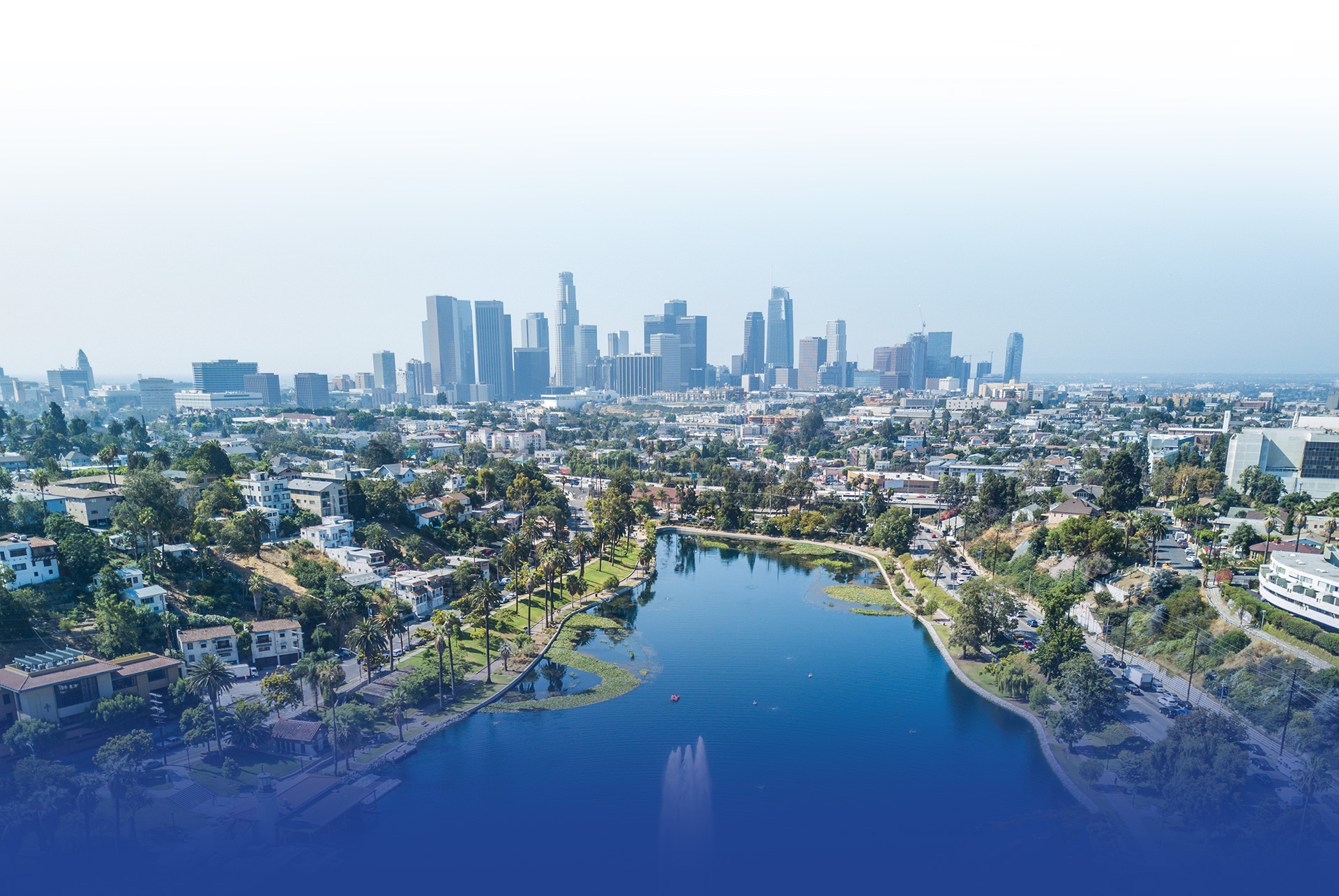
Self-Driving Car Accident Claims
Our Los Angeles Self-Driving Car Accident Attorneys Can Fight for You
Self-driving vehicles are quickly becoming a common sight on California roads. With nearly every major automaker either developing or producing autonomous cars, the future of transportation is evolving rapidly. However, with this new technology comes a complex set of challenges—especially when it comes to safety. Despite the increasing presence of autonomous vehicles, federal regulators have not yet established comprehensive guidelines, leaving safety largely in the hands of the automakers and tech companies in Silicon Valley.
Injured by a self-driving car? Contact our experienced attorneys at (310) 231-9717 for a free consultation today!
As a result, accidents involving self-driving cars have raised critical questions about accountability. If you or a loved one has been injured by an autonomous vehicle, it’s important to know that you may be entitled to compensation. At McGee Lerer Ogrin, our experienced Los Angeles self-driving car accident attorneys are ready to fight for your rights.
Have Self-Driving Cars Hurt People?
Autonomous vehicles are not without their issues. In May 2016, a high-profile incident occurred when a Tesla Model S failed to recognize a tractor-trailer making a right turn, resulting in a fatal crash. This tragic event brought national attention to the safety concerns surrounding self-driving cars but did little to slow down the development of this technology.
Some of the semi-autonomous vehicles currently on the road include:
- Google's self-driving cars
- Tesla's Model S
- Mercedes-Benz S65 AMG
- BMW's 750i
- Infiniti's Q50S
This list is far from exhaustive, as the number of autonomous vehicles continues to grow. While these cars offer new levels of convenience and technology, they also introduce potential hazards. In cases where accidents occur due to a malfunction in the vehicle’s software, the automaker may be held liable for damages. Determining fault in these cases can be complicated, but our experienced legal team knows how to navigate the complexities of self-driving car accident claims.
Regulations and Safety Standards for Self-Driving Cars
The development of self-driving cars is moving rapidly, but clear and comprehensive regulations are still in their infancy. In the U.S., the National Highway Traffic Safety Administration (NHTSA) plays a central role in ensuring vehicle safety, but guidelines for autonomous vehicles (AVs) are not as well-defined as those for traditional cars.
- Current Federal Regulations: The NHTSA has issued some voluntary guidelines for AV manufacturers, but there is no standard set of rules for how these vehicles should be tested, validated, and used on public roads.
- State-Specific Guidelines: While federal regulations lag behind, states like California have established their own rules for autonomous vehicles. California’s Department of Motor Vehicles (DMV) requires companies testing self-driving cars on public roads to apply for permits and meet certain safety standards.
- Challenges in Standardization: One of the biggest challenges in creating regulations is the constantly evolving technology. Since self-driving cars rely on complex systems like artificial intelligence (AI), sensors, and machine learning, it’s difficult to set rigid guidelines that can adapt to future advancements in technology.
- Safety Standards: There’s also debate about how safety should be measured. Should AVs be held to the same standards as traditional vehicles? Or do they need a new set of criteria to account for the unique features of autonomous driving technology?
As autonomous vehicles become more common, it’s clear that stronger regulations are needed to protect both drivers and pedestrians.
Challenges in Investigating Self-Driving Car Accidents


Results That Speak for Themselves
-
$122,500,000 Global Settlement Sexual Abuse
Represented 14 of 124 childhood sexual abuse victims against the City of Santa Monica.
-
$18,000,000 Auto v. Truck
Client rear-ended by trucking company.
-
$10,000,000 Auto v. Big Rig
Family struck by a big rig.
-
$4,090,000 Auto v. Auto
Family struck by a County of Los Angeles employee.
-
$3,500,000 Negligence, Personal Injury
Client who was injured when a piece of machinery fell off a plumbing truck onto his foot.
-
$3,500,000 Warehouse Accident
Client whose foot was run over by a forklift driver.